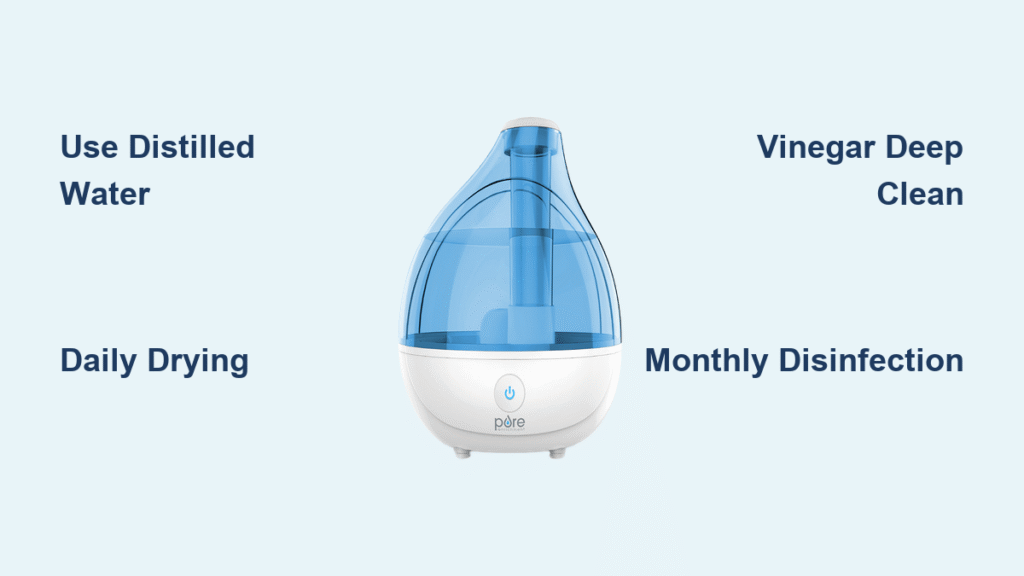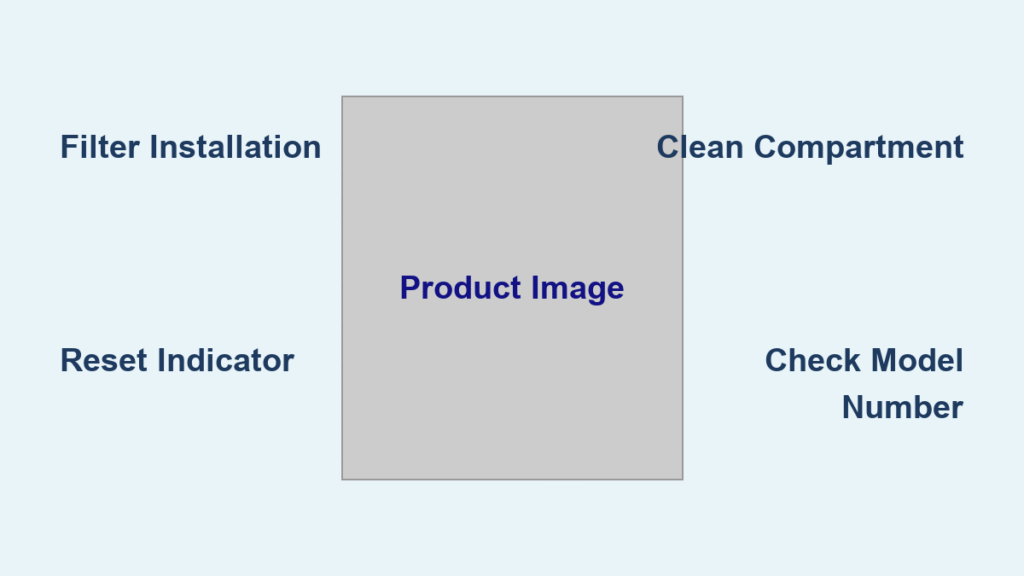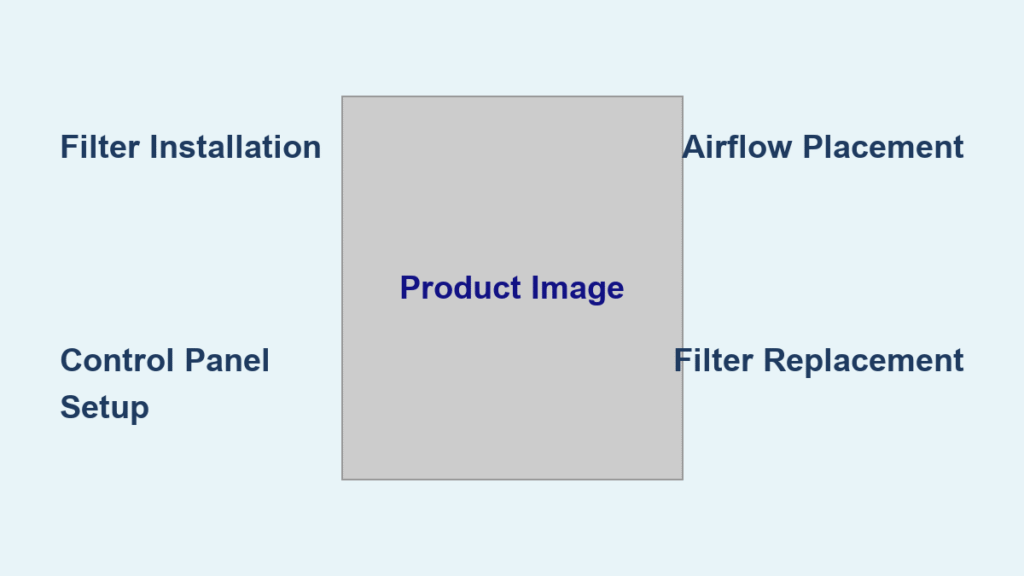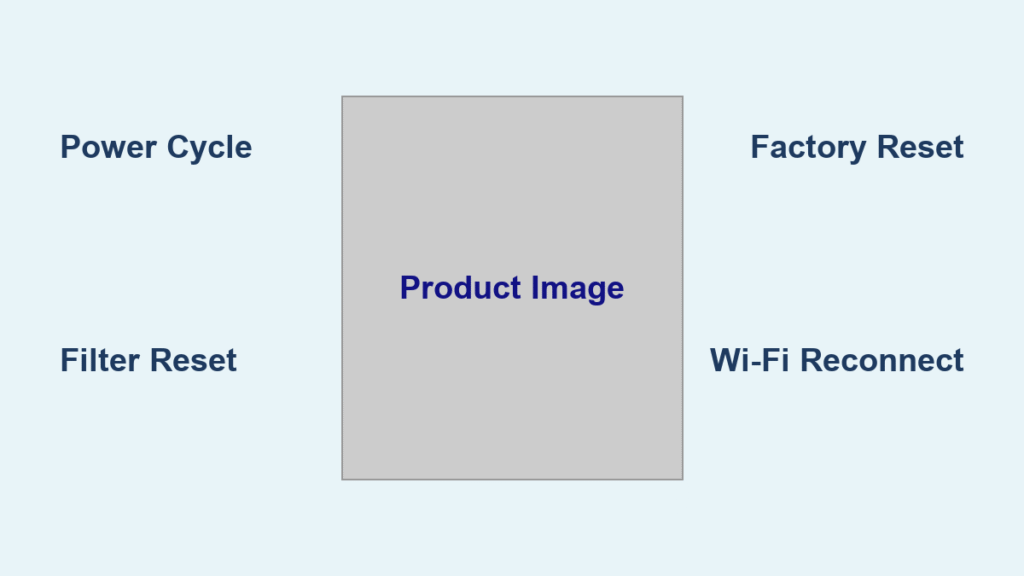That faint musty smell creeping from your humidifier? It’s not just unpleasant—it’s a warning sign of hidden mold colonies thriving in stagnant water. When mineral deposits coat your ultrasonic disk or biofilm lines the water tank, your “pure” humidifier becomes a pollution source, spraying bacteria and white dust into your breathing space. Learning how to clean pure humidifier systems properly transforms this appliance from a health hazard into your home’s cleanest air ally. Forget complicated routines; this guide delivers manufacturer-approved methods that take less than 10 minutes weekly, using supplies you already own. You’ll prevent costly repairs, eliminate respiratory irritants, and ensure every mist burst truly purifies your air.
Why Distilled Water Prevents White Dust Buildup
Tap water sabotages your humidifier’s performance before you even flip the switch. Minerals like calcium and magnesium form chalky limescale inside tanks and on ultrasonic disks, while microbes multiply in stagnant reservoirs. This invisible battle creates the white dust coating your furniture—and worse, releases contaminated mist into your lungs. Switching to distilled or demineralized water cuts mineral deposits by 90%, slashing your cleaning time dramatically. Never leave water sitting overnight; bacteria colonies establish in under 24 hours. After each use, vigorously shake the tank to dislodge hidden droplets in spray channels, then inspect surfaces for slippery biofilm—a sure sign of contamination needing immediate action.
Daily Drying Protocol That Stops Mold Cold
Position your empty humidifier upside down near a window or fan for 20 minutes. Sunlight’s UV rays naturally inhibit mold growth on plastic components. For ultrasonic models, invert the tank over a towel to drain moisture from mist nozzles—this prevents the damp crevices where mold hides. Run your finger along the tank’s bottom; any slimy texture means you’ve skipped a critical step. If shutting down for over 24 hours, remove the filter (in evaporative models) and let it air-dry completely to stop microbial colonization. This 60-second ritual eliminates the #1 cause of musty odors.
Weekly Vinegar Deep Clean for Factory-Fresh Mist
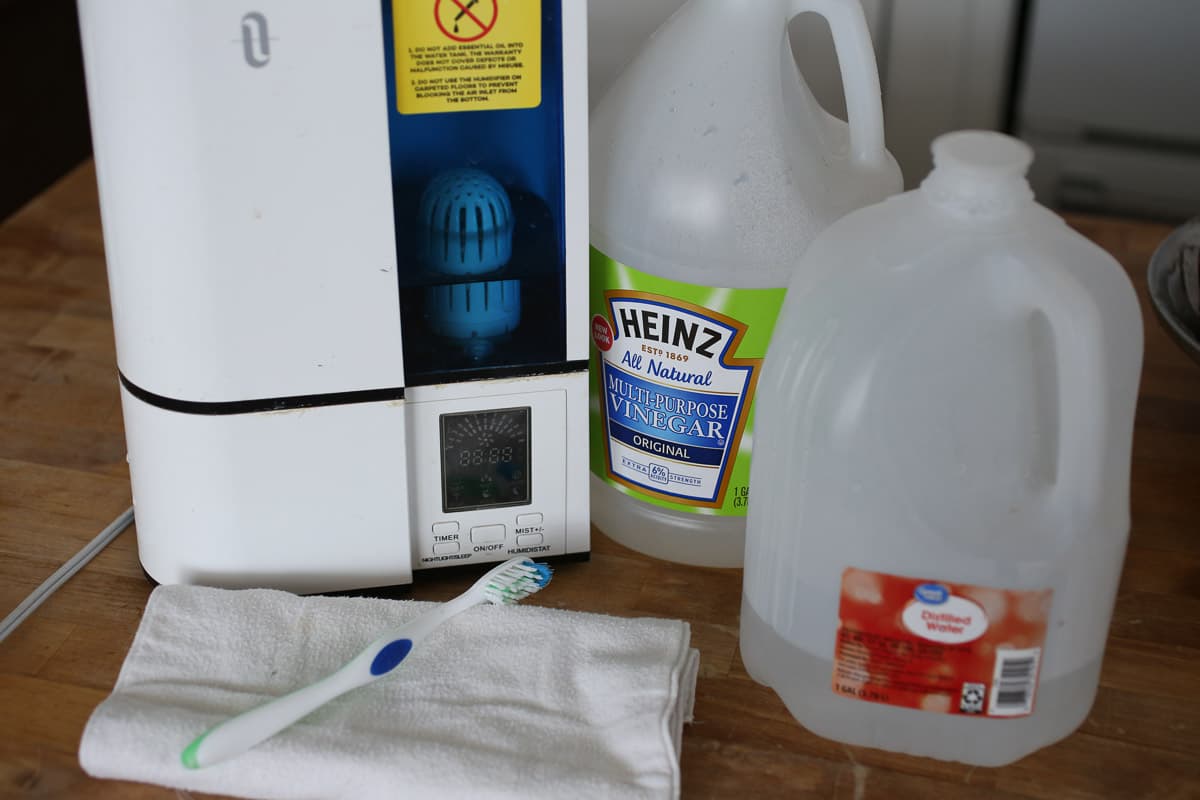
Unplug your humidifier and separate all removable parts—tank, base, spray cap, and filter housing. Never immerse electrical components. Mix 2 tablespoons white vinegar with ½ gallon warm water to create a weak acid solution that dissolves limescale without harming plastics. Dip a soft brush into the mixture and scrub corners where white crust accumulates, focusing on the ultrasonic disk housing and spray nozzles. For stubborn deposits, pour undiluted vinegar directly onto affected areas and soak for 20 minutes before gentle brushing.
Rinse Method That Eliminates Vinegar Taste
Rinse every component under running water until the vinegar scent vanishes completely—this takes 3-5 rinses. Then, reassemble the unit (without the filter) and run it with fresh water for 2-3 minutes outdoors. This flushes residual vinegar from internal channels that hand-rinsing misses. Indoors operation during rinsing risks vinegar mist inhalation. Discard the rinse water immediately; never reuse it in the tank.
Monthly Disinfection: EPA’s Musty Odor Emergency Fix
https://www.epa.gov/pesticide-registration/using-bleach-safely-disinfect-surfaces
When you detect a dank smell or visible slime, disinfect immediately—don’t wait for your monthly schedule. The EPA mandates disinfection every three days for households with infants or immunocompromised members, but monthly suffices for most. Prepare a solution of 1 teaspoon bleach per gallon of water (or 3% hydrogen peroxide for chemical sensitivity). Never exceed this ratio; stronger mixtures corrode plastic and create respiratory hazards. Crucially, never mix vinegar and bleach—this produces toxic chlorine gas.
Three Disinfection Methods for Total Sanitization
Manual scrubbing: Apply solution to all interior surfaces with a brush, ensuring coverage of spray channels. Let sit 5 minutes before rinsing.
Plastic part soaking: Submerge removable components for 10 minutes, then rinse 3x with clean water.
Circulation method (severe cases only): Fill the tank with disinfecting solution, seal outdoors, and run for 5 minutes. Never operate bleach solutions indoors.
After disinfecting, air-dry all parts for 24 hours. Rushing reassembly traps moisture near electrical components, risking short circuits.
Ultrasonic Disk Rescue: Gentle Cleaning That Preserves Performance

Your humidifier’s mist output depends on a pristine ultrasonic disk. Fill the disk chamber with diluted vinegar (1 part vinegar to 3 parts water) and let it soak for exactly 4-5 minutes—longer durations damage the ceramic surface. Use the manufacturer’s brush with zero pressure; aggressive scrubbing creates micro-scratches where minerals embed permanently. Drain vinegar and wipe dry with a microfiber cloth. Check weekly: a clean disk produces consistent, visible mist streams. If cleaning no longer restores output, replace the disk annually—it’s a $15 fix that prevents motor strain.
Evaporative Wick Filter Lifespan Extension Tactics

Evaporative filters demand unique care. Remove and air-dry the wick whenever shutting down for more than one day—this simple step doubles filter life. During weekly cleaning, swish the filter in cold water (never hot) until brown, cloudy residue stops leaching out. This releases mineral buildup clogging microscopic pores. Crucially, never use bleach or vinegar on filters; these destroy antimicrobial coatings. Replace wicks every 3-6 months regardless of appearance—mineral saturation persists even when filters look clean. Mark replacement dates on your calendar; expired filters reduce efficiency by 40%.
Spray Cap Unclogging Technique for Perfect Mist Patterns
Mineral deposits in spray holes cause uneven mist distribution. Remove the cap and soak in undiluted vinegar for 15 minutes. Dip a cotton swab in the solution and gently rotate it through each nozzle opening—never force the swab, as this widens holes and disrupts mist calibration. Rinse under running water while pressing the mist button to verify clear flow. For Pure humidifiers, this restores the fine, consistent mist that defines “pure” operation.
Critical Mistakes That Destroy Humidifiers
Motor housing flooding causes 70% of irreparable damage. Keep liquids 2 inches away from electrical ports during base cleaning. Wipe motor areas with a vinegar-dampened cloth only—never pour solution directly into the base. Incomplete drying is the second top killer; reassembling damp components breeds mold within hours. Always allow 24 hours air-drying time, or use a hair dryer on cool setting 12 inches from parts. Most dangerously, mixing vinegar and bleach creates chlorine gas—store these cleaners in separate cabinets.
Maintenance Schedule That Prevents Deep Cleaning Emergencies
Create foolproof reminders:
– Daily: Empty tank, quick dry, use distilled water
– Weekly: Vinegar deep clean (Sundays at 9 AM)
– Monthly: Disinfection (1st of month)
– Every 3 months: Wick filter replacement
– Immediately: At first musty odor
Set phone alerts with labels like “Pure Humidifier Weekly Clean—6 min task!” Consistency prevents the 2-hour emergency cleans caused by neglect.
Final Safety Checklist Before Every Cleaning Session
- Unplug unit for 10 minutes to discharge capacitors
- Identify water-safe components using your manual
- Gather supplies: vinegar, soft brush, microfiber cloths
- Choose a well-ventilated outdoor or garage workspace
- Block 24 hours for complete drying time
A meticulously cleaned pure humidifier operates 30% more efficiently while eliminating airborne contaminants. That 10-minute weekly investment ensures your family breathes truly pure moisture—not a mist of mold spores and minerals. Start tonight: empty your tank, grab that vinegar bottle, and reclaim your air quality. Your lungs will thank you by tomorrow morning.

